Home>Articles>How To Run Extension Cord From Generator Into House
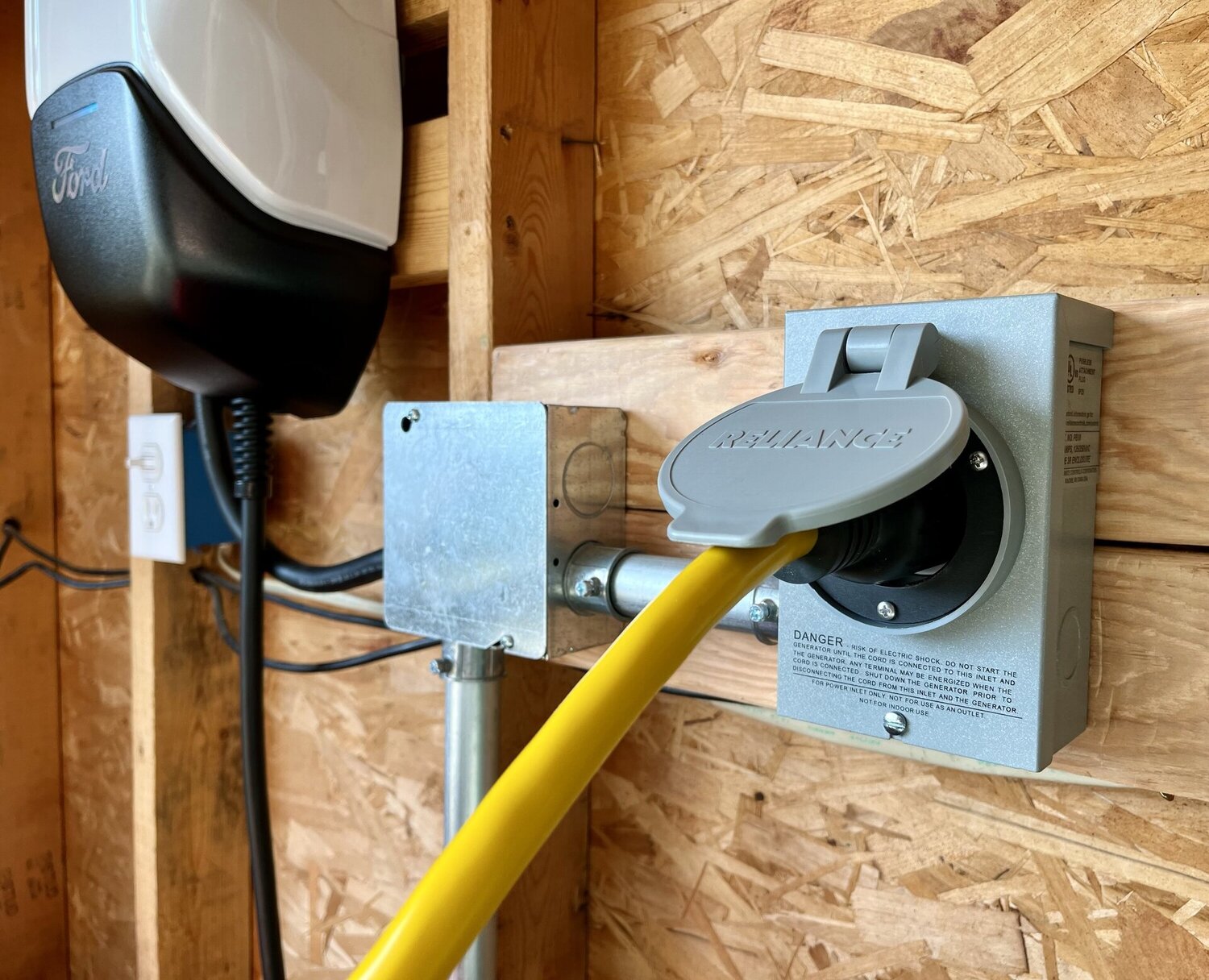

Articles
How To Run Extension Cord From Generator Into House
Modified: May 6, 2024
Discover the best articles on how to safely run an extension cord from a generator into your house. Get step-by-step instructions and expert tips today.
(Many of the links in this article redirect to a specific reviewed product. Your purchase of these products through affiliate links helps to generate commission for Storables.com, at no extra cost. Learn more)
Introduction
Running an extension cord from a generator into a house can be a crucial solution during power outages or when you need to power specific appliances. Whether you are camping off-grid or facing an unexpected power interruption, knowing how to safely and correctly connect your generator to your house is essential.
In this article, we will guide you through the step-by-step process of running an extension cord from a generator into your house. By following these instructions, you can ensure the efficient and safe transfer of power to keep your essential appliances running smoothly.
Before we dive into the process, it is important to understand that safety should always be your top priority. Handling electricity can be dangerous, so make sure to read the safety precautions section at the end of this article carefully.
Now, let’s get started with step one: assessing the power requirements.
Key Takeaways:
- Prioritize safety and assess power requirements before running an extension cord from a generator into your house. Choose the right extension cord, prepare the generator and house, and test the connections to ensure a safe and efficient power transfer.
- Implement safety precautions, such as proper grounding, avoiding overloading, and regular inspections, to minimize the risk of accidents and damages. Stay vigilant and prioritize safety when operating generators and extension cords.
Step 1: Assessing the Power Requirements
Before connecting your generator to your house, it is crucial to assess the power requirements of the appliances you wish to power. This will help you determine the size and capacity of the generator you need, as well as the type of extension cord that can safely handle the load.
Create a list of the appliances you want to power during the outage. Take note of their power ratings, typically measured in watts or amps. This information can usually be found on the appliance label or in the user manual.
Add up the power ratings of all the appliances to get an estimate of the total power requirements. This will help you determine the minimum power capacity your generator should have to handle the load.
Remember that some appliances, such as refrigerators or air conditioners, may have higher power draw during startup. Take that into account when calculating the power requirements.
Keep in mind that running a generator at full capacity for extended periods can strain the equipment and potentially lead to malfunctions or damage. It is generally recommended to operate a generator at no more than 80% of its rated capacity to ensure its longevity and optimal performance.
Once you have assessed your power requirements, you can move on to the next step: choosing the right extension cord.
Step 2: Choosing the Right Extension Cord
Choosing the right extension cord is crucial for a safe and efficient transfer of power from your generator to your house. Using an inadequate or improper extension cord can lead to voltage drop, overheating, and even pose a fire hazard.
When selecting an extension cord, consider the following factors:
1. Gauge: The gauge of an extension cord refers to its wire thickness. Thicker wires have lower gauge numbers and can handle higher currents without overheating. For longer distances or higher power requirements, choose a lower gauge extension cord, such as 10 or 12 gauge, to minimize voltage drop.
2. Length: Select an extension cord that is long enough to comfortably reach from your generator to your house. Avoid using excessively long cords, as they can contribute to voltage drop. If you require a longer distance, consider using a higher gauge cord to compensate for the increased resistance.
3. Type: Make sure to choose an extension cord that is specifically designed for outdoor or heavy-duty use. These cords are typically more durable and have greater insulation to withstand outdoor conditions and high power loads.
4. Wattage/Amp Rating: Check the wattage or amp rating of the extension cord to ensure it can safely handle the total power requirements of your appliances. It should have a rating equal to or higher than the maximum power draw of the connected appliances.
Remember, using an extension cord that is too thin or too long can result in significant voltage drop, which can cause equipment damage and affect the performance of your appliances. Always choose a high-quality extension cord and avoid overloading it.
Once you have chosen the right extension cord, you can proceed to the next step: preparing the generator.
Step 3: Preparing the Generator
Before connecting the extension cord to your house, it is essential to properly prepare your generator to ensure a safe and efficient power transfer. Follow these steps to prepare your generator:
1. Read the Manual: Familiarize yourself with the manufacturer’s instructions and guidelines for setting up and operating your generator. Each generator may have specific requirements and precautions that you need to follow.
2. Location: Place your generator in a well-ventilated area outdoors. Keep it away from windows, doors, and vents to prevent exhaust fumes from entering your house. Ensure that the generator is on a flat and stable surface.
3. Fuel and Oil: Check the fuel and oil levels in your generator and refill if necessary. Follow the recommended fuel type specified by the manufacturer. Make sure the generator is turned off and cool before adding or replacing fuel and oil.
4. Grounding: Some generators require grounding for safety purposes. Refer to the manufacturer’s instructions to determine if your generator needs to be grounded and follow the recommended grounding procedures.
5. Start and Test: Start the generator and let it run for a few minutes to ensure it is running smoothly. Test the outlets to confirm that they are supplying power. If there are any issues, consult the generator’s manual or contact the manufacturer for troubleshooting guidance.
By properly preparing your generator, you can ensure its safe operation and minimize the risks associated with power transfer. Once your generator is ready, you can move on to the next step: preparing the house.
Step 4: Preparing the House
Before connecting the extension cord from the generator to your house, it is crucial to prepare your house to ensure a smooth and safe power transfer. Follow these steps to prepare your house:
1. Locate the Main Electrical Panel: Find the main electrical panel or circuit breaker box in your house. This is where you will connect the generator’s power to provide electricity to your home.
2. Turn Off the Main Power: Before making any connections, turn off the main power switch or circuit breaker in the electrical panel. This will prevent electricity from flowing through the house while you connect the generator.
3. Identify Essential Circuits: Determine which circuits in your house are essential and need to be powered by the generator. These typically include lights, outlets, and essential appliances like refrigerators and heaters.
4. Install Interlock Device or Transfer Switch (Optional): If you have an interlock device or transfer switch installed, follow the manufacturer’s instructions to connect the generator to the designated circuits. These devices allow for safe and convenient switching between the generator power and the main power source.
5. Label the Necessary Circuits: Clearly label the circuits that will be powered by the generator. This will help you easily identify which circuits to switch on and off when using the generator.
6. Ensure Proper Ventilation: If you need to run the generator indoors, ensure proper ventilation by opening windows or using fans to prevent the buildup of carbon monoxide. However, it is generally recommended to operate the generator outdoors to minimize the risk of carbon monoxide poisoning.
Preparing your house is essential to ensure the safety and efficiency of the power transfer process. Once your house is properly prepared, you can move on to the next step: connecting the extension cord.
Make sure to use a heavy-duty, outdoor-rated extension cord that can handle the wattage of your generator. Run the cord through a window or door using a rubber gasket to prevent damage to the cord and keep the elements out.
Read more: How Far Can I Run An Extension Cord
Step 5: Connecting the Extension Cord
Now that you have assessed the power requirements, chosen the right extension cord, prepared the generator, and prepared the house, it’s time to connect the extension cord from the generator to your house. Follow these steps to ensure a proper connection:
1. Locate the Generator Outlet: Find the outlet on your generator where you will plug in the extension cord. It is typically located on the control panel or the side of the generator.
2. Uncoil the Extension Cord: Uncoil the extension cord and straighten out any knots or tangles. Ensure that the cord is not damaged or frayed. Inspect the plug and make sure it is in good condition.
3. Plug in the Extension Cord: Plug one end of the extension cord into the generator outlet securely. Ensure it is firmly connected to avoid any accidental disconnections during operation.
4. Route the Extension Cord: Carefully route the extension cord from the generator to your house, avoiding any obstacles such as sharp edges or hot surfaces. Make sure the cord is placed in such a way that it won’t be tripped over or damaged.
5. Plug into the House Outlet: Locate the outdoor plug or designated power source in your house, and plug the other end of the extension cord into the outlet. Ensure a firm connection without any looseness or wobbling.
6. Secure the Cord: Use cable clips or ties to secure the extension cord in place along its route. This will prevent it from getting tangled, tripped over, or damaged by winds or other elements.
By following these steps, you can securely connect the extension cord from your generator to your house, enabling the transfer of power to your essential circuits and appliances. Now, it’s time to move on to the next step: testing the connections.
Step 6: Testing the Connections
After connecting the extension cord from the generator to your house, it is vital to test the connections to ensure everything is functioning properly. Follow these steps to test the connections:
1. Turn on the Generator: Start your generator and let it run for a few moments to ensure it is providing power. Check the generator’s control panel or indicator lights to confirm that it is generating electricity.
2. Restore Power to the House: Go to the main electrical panel in your house and turn on the main power switch or individual circuit breakers that you labeled as essential circuits. This will restore power to the designated circuits.
3. Check Power Supply: Go to the powered circuits and outlets in your house and test them to ensure they are receiving power. Use a voltage tester to verify that electricity is flowing through the extension cord properly.
4. Test Appliances: Plug in and turn on the appliances that are connected to the powered circuits. Verify that they are functioning correctly and receiving power from the generator. Pay attention to any irregularities or malfunctions.
5. Monitor Voltage and Frequency: If your generator has a voltage and frequency meter, monitor these readings to ensure they are within the acceptable range. Refer to the generator’s manual for the recommended voltage and frequency levels.
6. Observe for Overheating: During the testing phase, keep an eye on the generator, extension cord, and any connected appliances for signs of overheating. If you notice any excessive heat or unusual smells, disconnect the power immediately and investigate the source of the issue.
If everything is functioning as expected, and there are no issues or concerns, then the connections between the generator and the house are successfully established. However, if you encounter any problems or safety concerns, consult a professional electrician for further assistance.
Now that you have tested the connections and ensured the proper functioning of the setup, it’s time to move on to the final step: implementing safety precautions.
Step 7: Safety Precautions
When running an extension cord from a generator into your house, it is of utmost importance to prioritize safety. Follow these safety precautions to ensure the well-being of yourself, your family, and your property:
1. Generator Placement: Always place your generator outdoors in a well-ventilated area, away from windows, doors, and vents. This will prevent the buildup of toxic fumes, such as carbon monoxide, inside your home.
2. Proper Grounding: If required, follow the manufacturer’s instructions to properly ground your generator. This will help prevent electrical shock and ensure safe operation.
3. Dry Environment: Keep your generator and extension cord away from wet or damp areas. Ensure that the cords and outlets are not exposed to moisture to prevent electrical hazards.
4. Matching Capacities: Ensure that the generator’s capacity matches the power requirements of the connected appliances. Overloading the generator can cause equipment damage and pose a fire risk.
5. Never Modify Plugs or Cords: Do not modify the plugs or cords of the extension cord or generator. Alterations can compromise their safety and increase the risk of electrical hazards.
6. Avoid Overloading: Do not connect too many appliances or devices to the generator or extension cord. Overloading the circuit can cause overheating and potentially lead to a fire.
7. Regular Inspections: Regularly inspect your generator, extension cord, and connections for any signs of damage or wear. Replace any damaged components to maintain safe operation.
8. Be Cautious of Hot Surfaces: Avoid touching the generator or extension cord while they are running, as they can become hot during operation. Allow them to cool down before handling.
9. Fire Safety Measures: Have a fire extinguisher readily accessible in case of emergencies. Familiarize yourself with how to use it correctly. Install smoke detectors and carbon monoxide detectors in your home for early detection of any hazards.
10. Disconnect Properly: When you finish using the generator, turn it off and disconnect the extension cord from the generator and the house outlet. Always handle the cords and plugs by gripping the insulated portion to avoid electric shock.
By following these safety precautions, you can minimize the risk of accidents, injuries, and damages while running an extension cord from a generator into your house.
With the completion of these seven steps and the implementation of proper safety measures, you can confidently and securely run an extension cord from your generator to power your essential appliances and maintain comfort and convenience during power outages or off-grid adventures.
Remember, if you are unsure or uncomfortable with any part of the process, it is always best to consult a professional electrician for guidance and assistance.
Stay safe and enjoy the benefits of a properly connected generator!
For more information, please consult the user manuals of your specific generator and extension cord, as the instructions may vary depending on the brand and model.
Conclusion
Running an extension cord from a generator into your house can provide a crucial power backup solution in times of need. By following the step-by-step process outlined in this article, you can safely and efficiently connect your generator to power essential appliances and circuits in your home.
Throughout the process, it is essential to prioritize safety. Assess the power requirements, choose the right extension cord, prepare the generator and house, connect the extension cord, test the connections, and implement safety precautions. By taking these steps, you can minimize risks, including electrical hazards, overheating, and equipment damage.
Remember to follow the manufacturer’s instructions for your specific generator and extension cord, as requirements and recommendations may vary. If you are unsure about any step or encounter any issues, consult a professional electrician for assistance.
Lastly, always prioritize safety and be vigilant when operating generators and extension cords. Keep them away from moist areas, ensure proper grounding, and never overload the system. Regularly inspect your equipment and be cautious of any signs of damage or wear.
Now that you have a comprehensive understanding of how to safely and effectively run an extension cord from a generator into your house, you can confidently tackle power outages, camping trips, or any situation that requires an alternative power source.
Stay prepared, stay safe, and enjoy the peace of mind that comes with a well-connected generator!
Once you've mastered running an extension cord from a generator into your house, why not tackle another handy project? If you're planning to power up your garage with some bright lights or essential tools, learning how to install overhead electrical wiring is your next step. Our guide simplifies this process, ensuring you can get your garage powered up without a hitch. Don’t miss out on these practical insights—check out our detailed walkthrough on setting up your garage’s electrical needs.
Frequently Asked Questions about How To Run Extension Cord From Generator Into House
Was this page helpful?
At Storables.com, we guarantee accurate and reliable information. Our content, validated by Expert Board Contributors, is crafted following stringent Editorial Policies. We're committed to providing you with well-researched, expert-backed insights for all your informational needs.
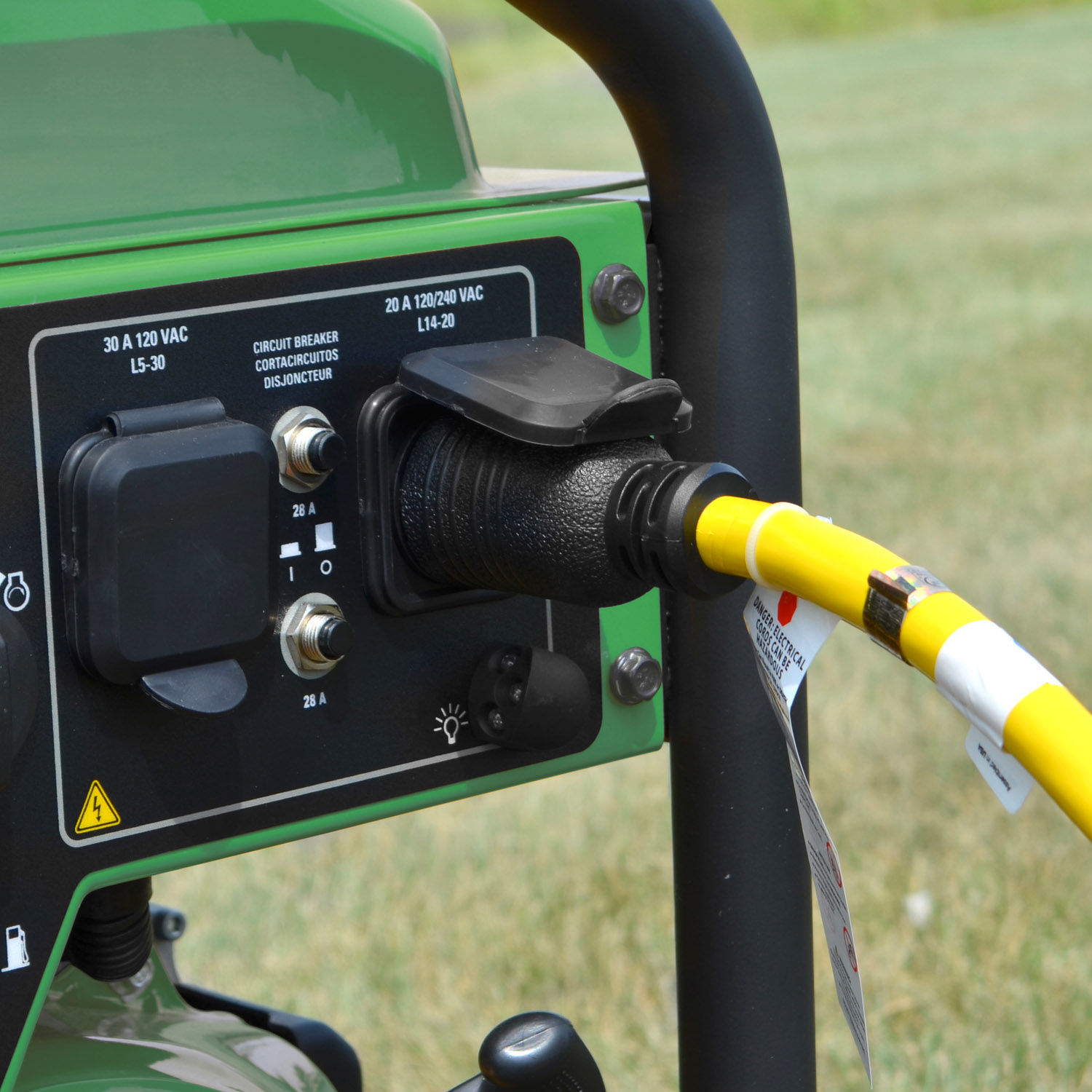
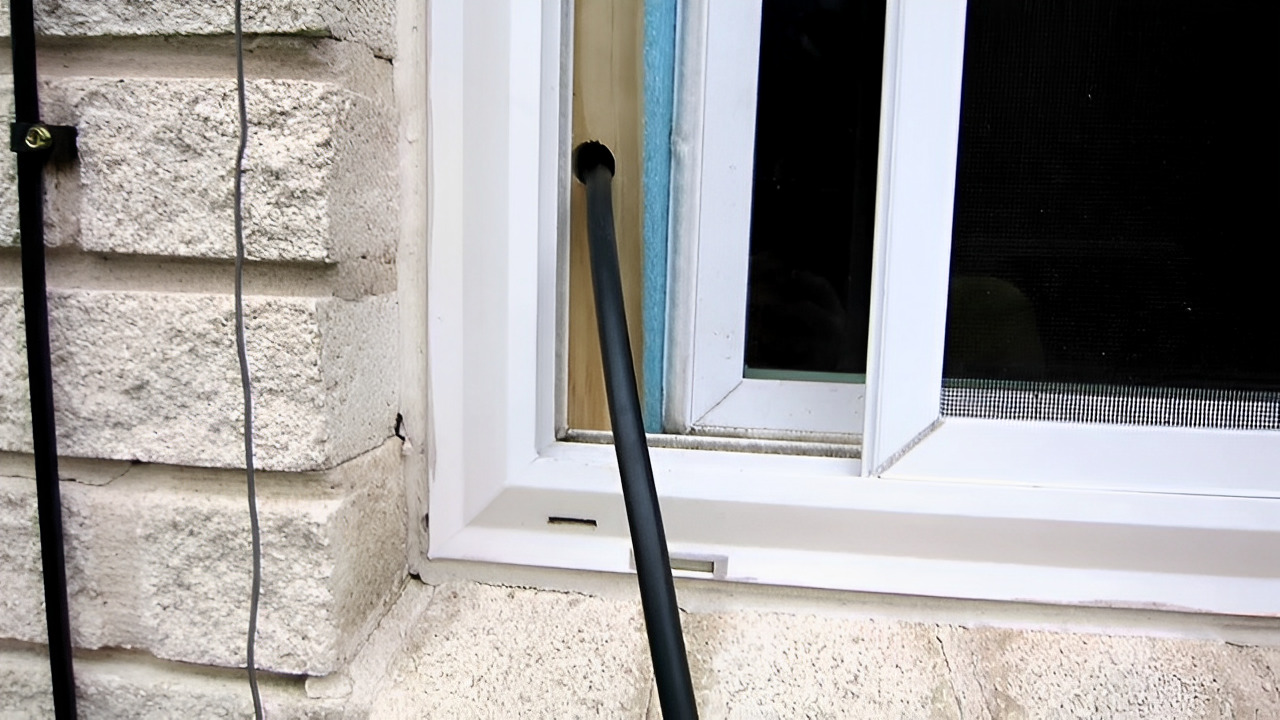
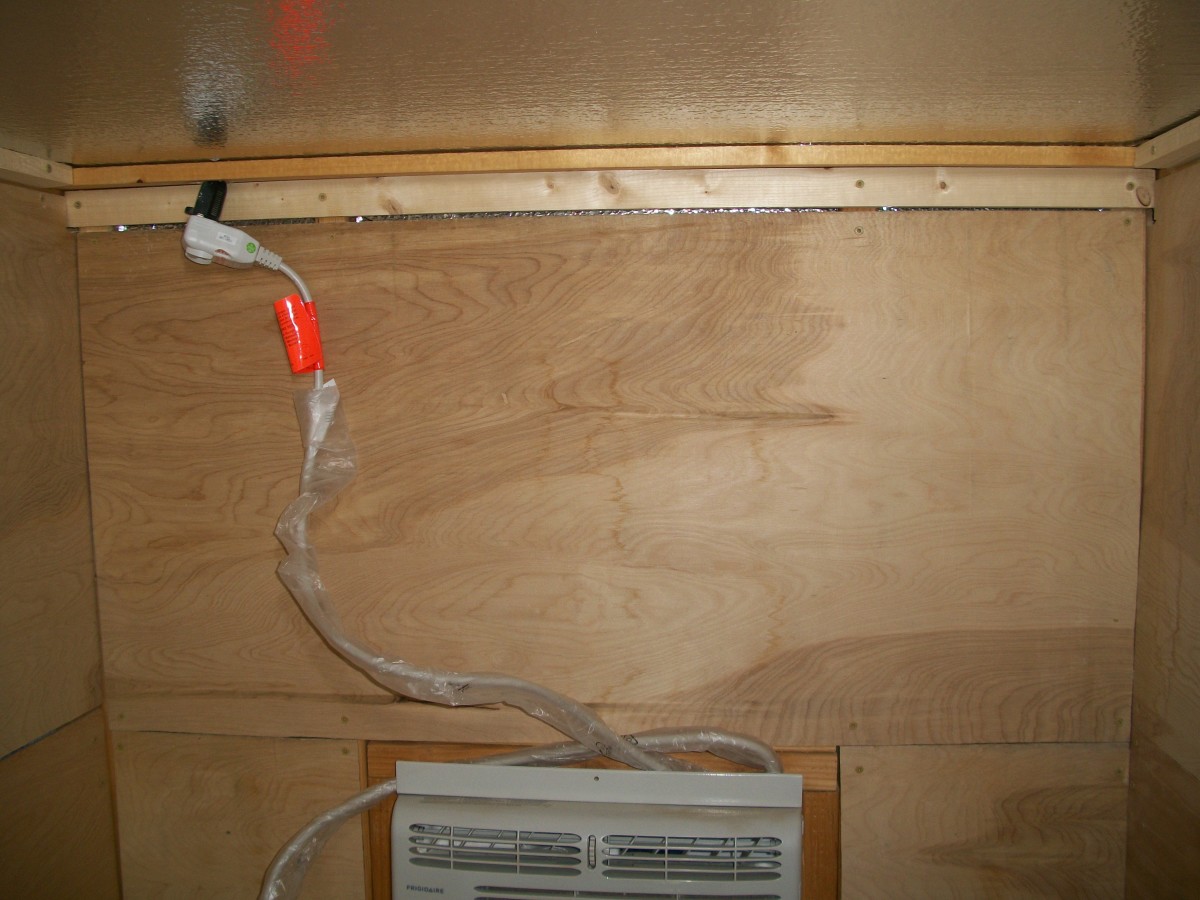
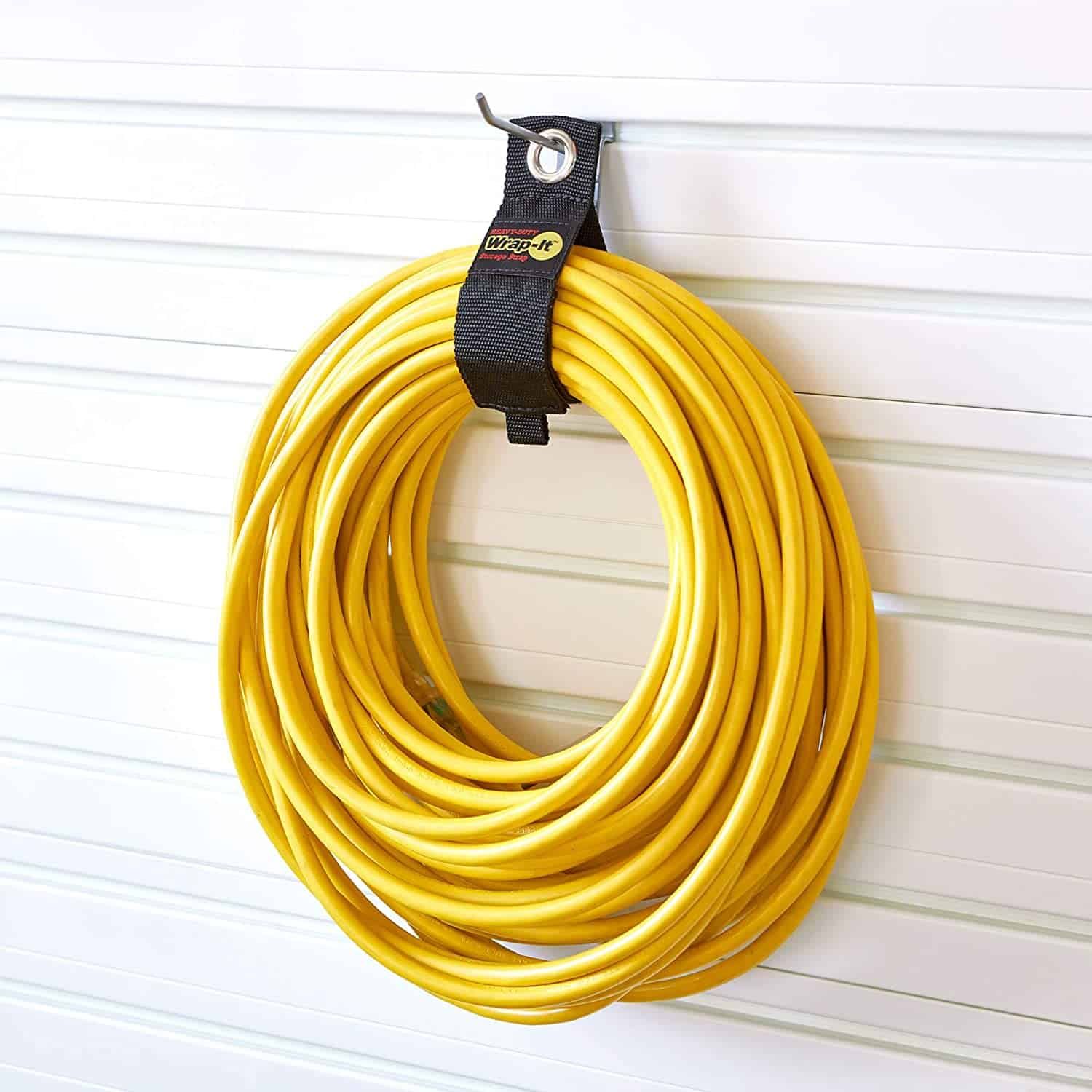
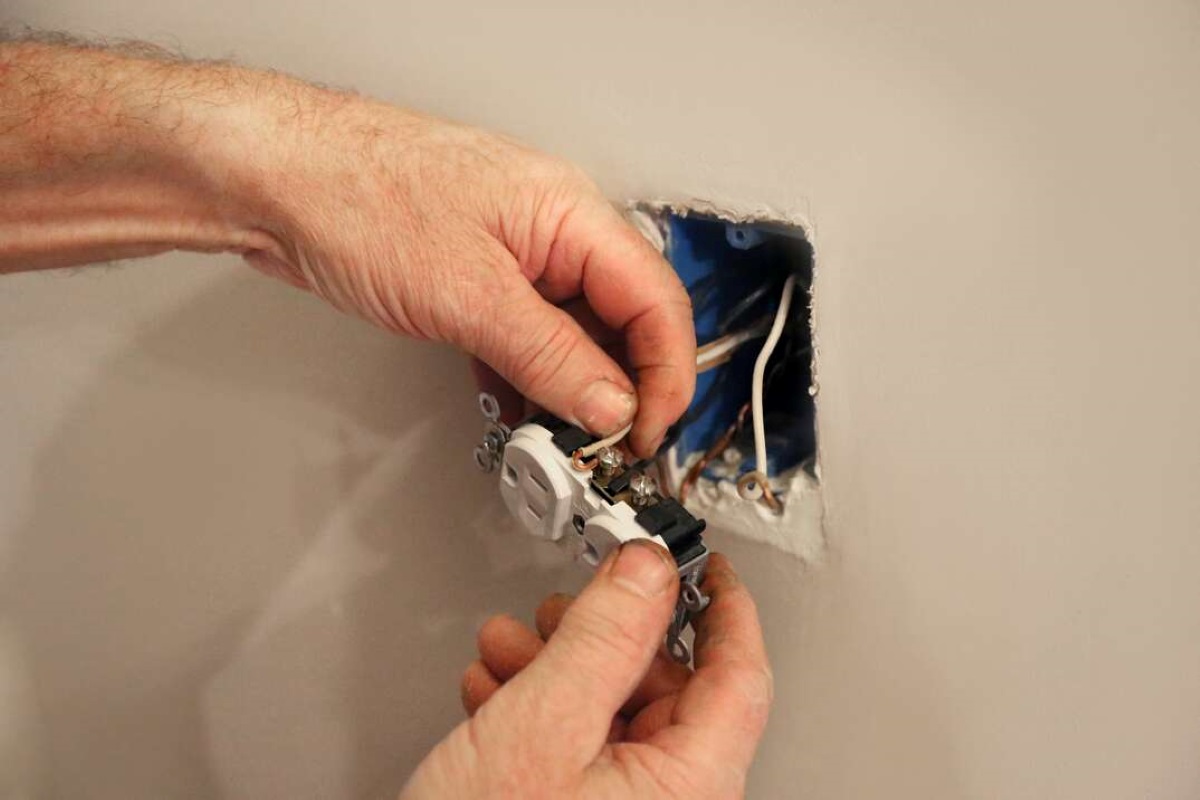
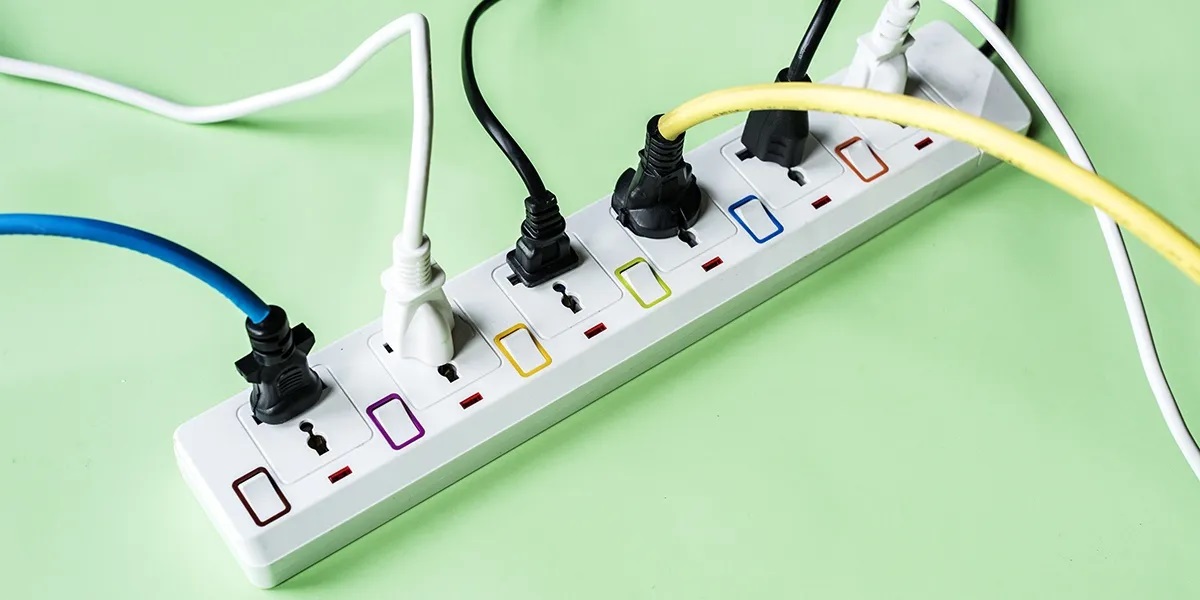
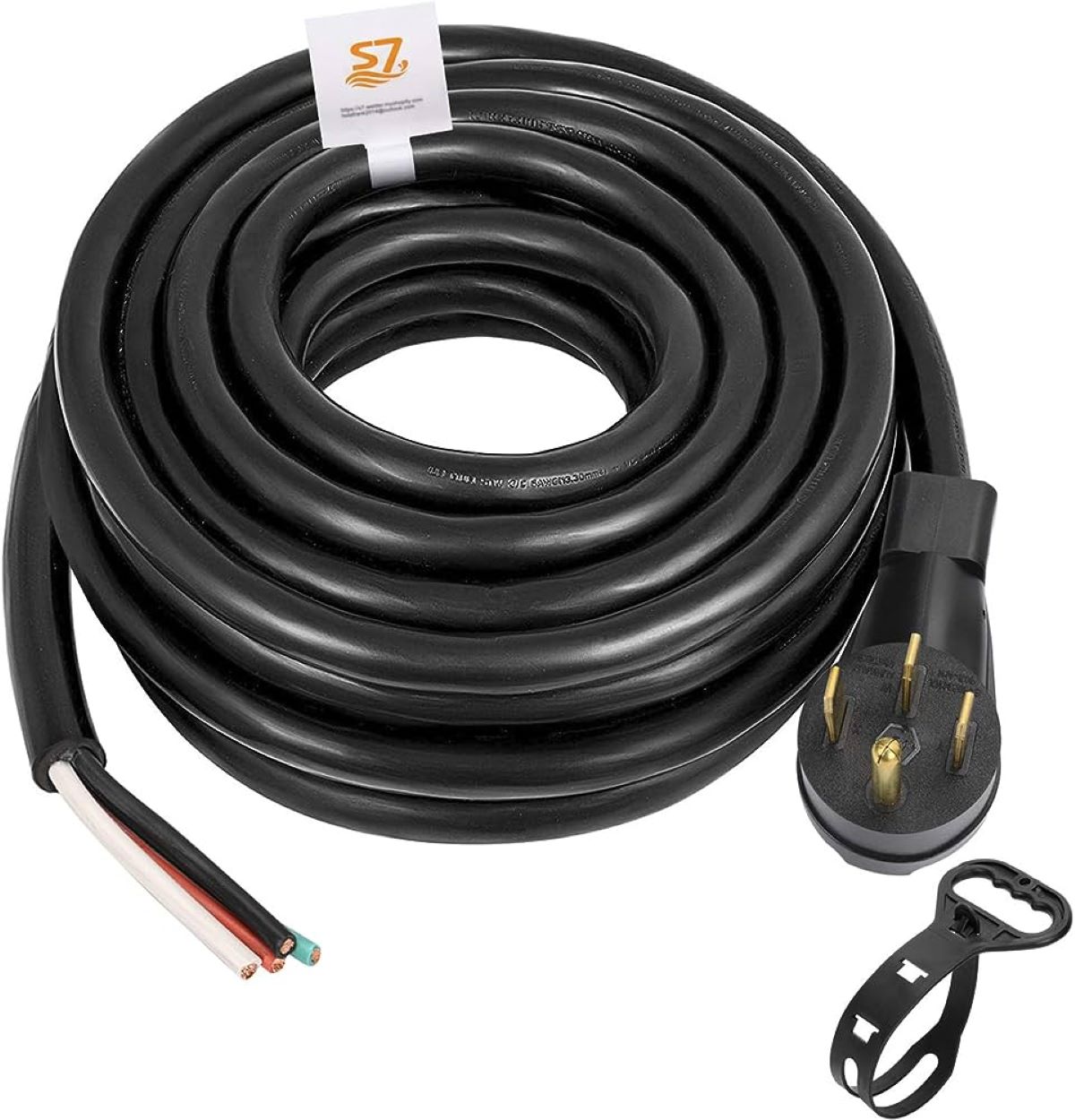
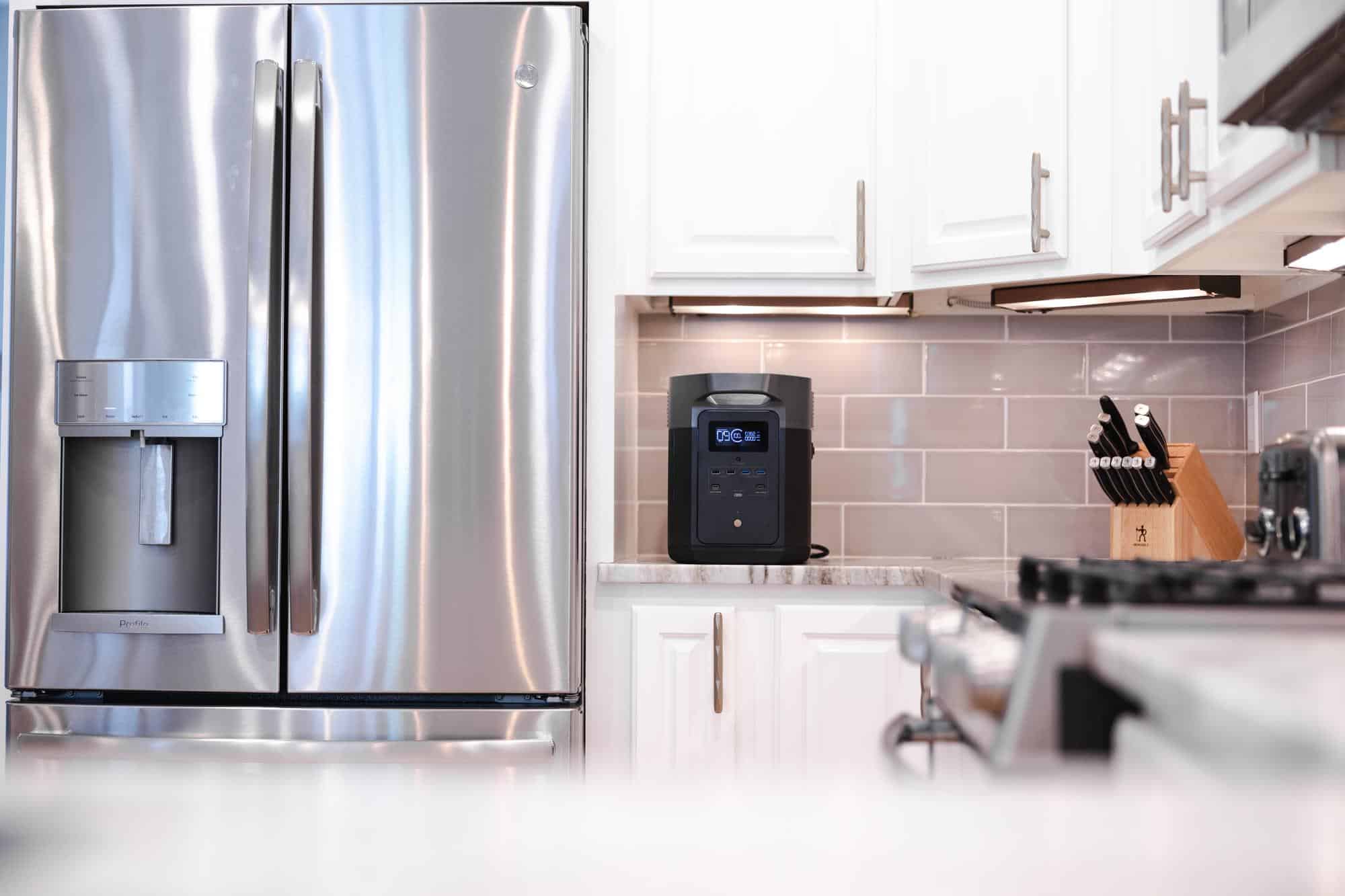
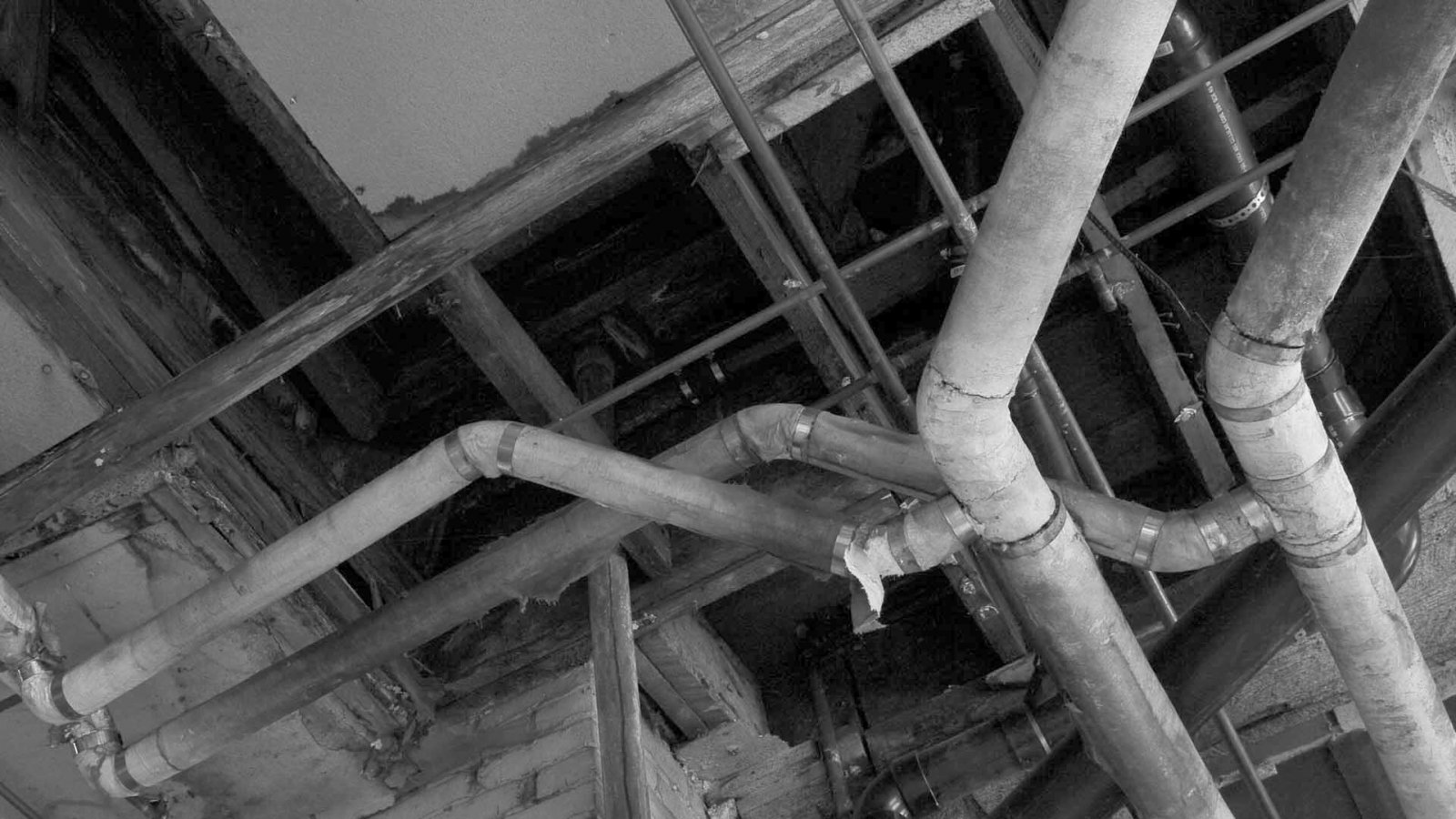
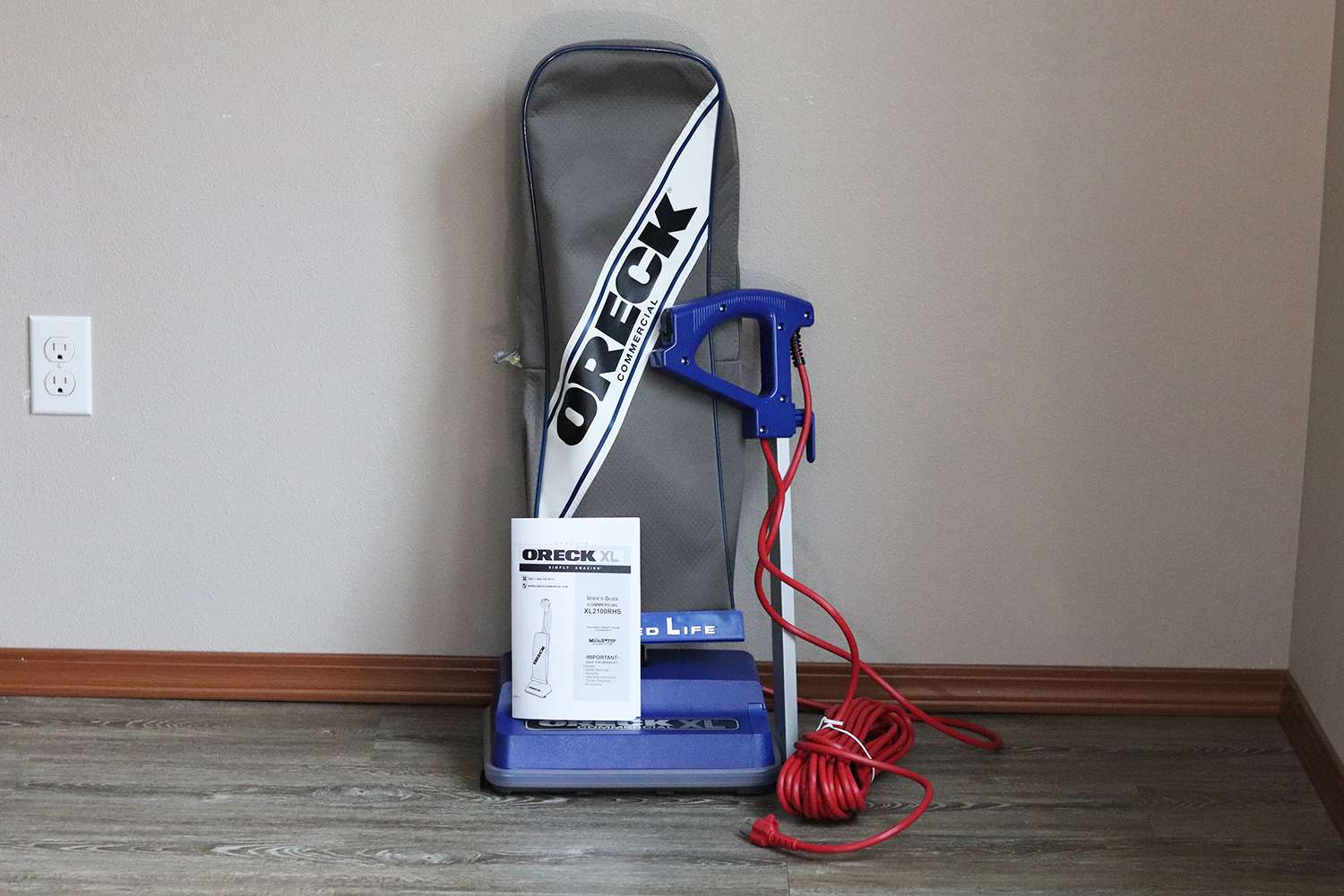
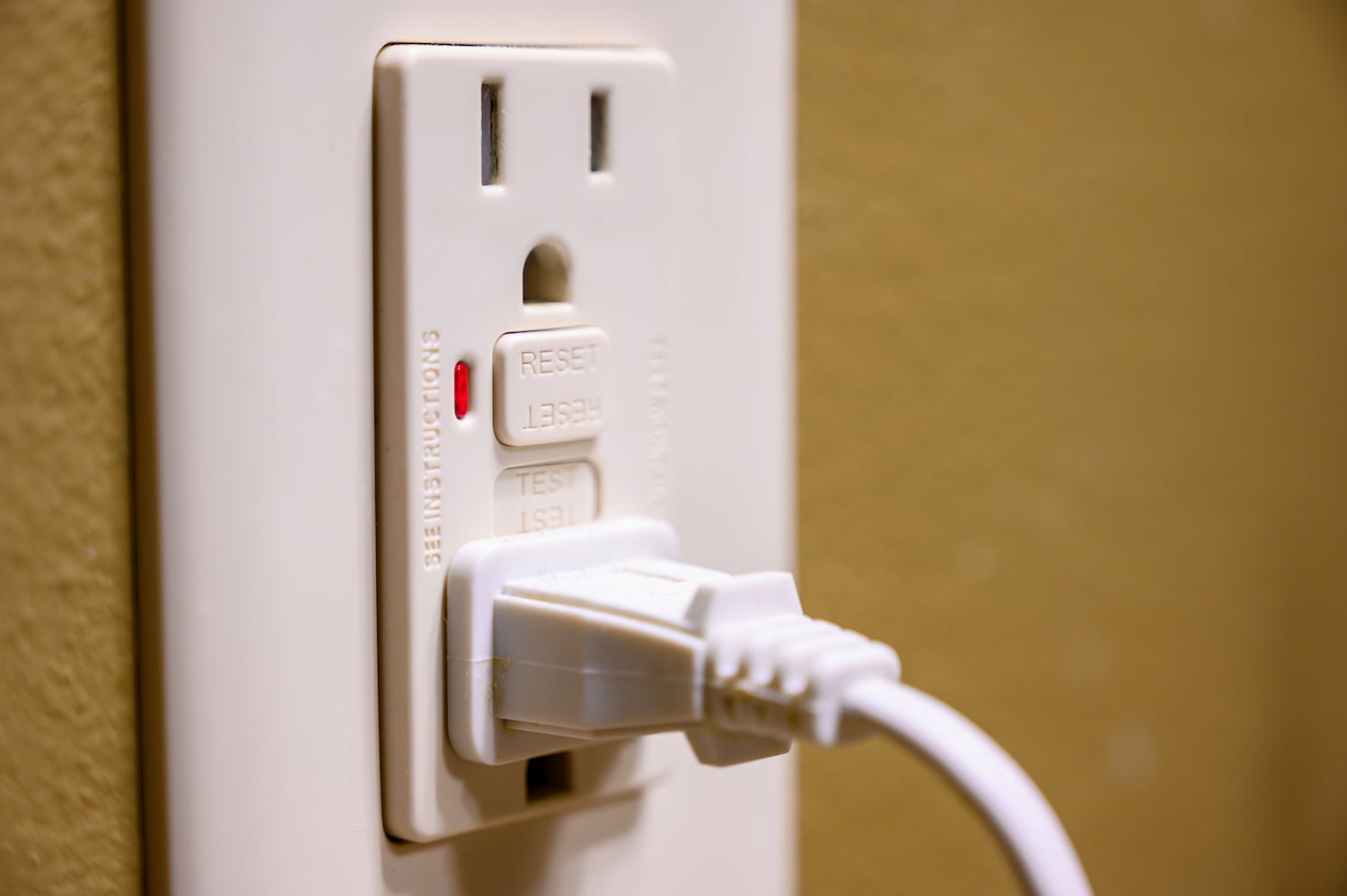
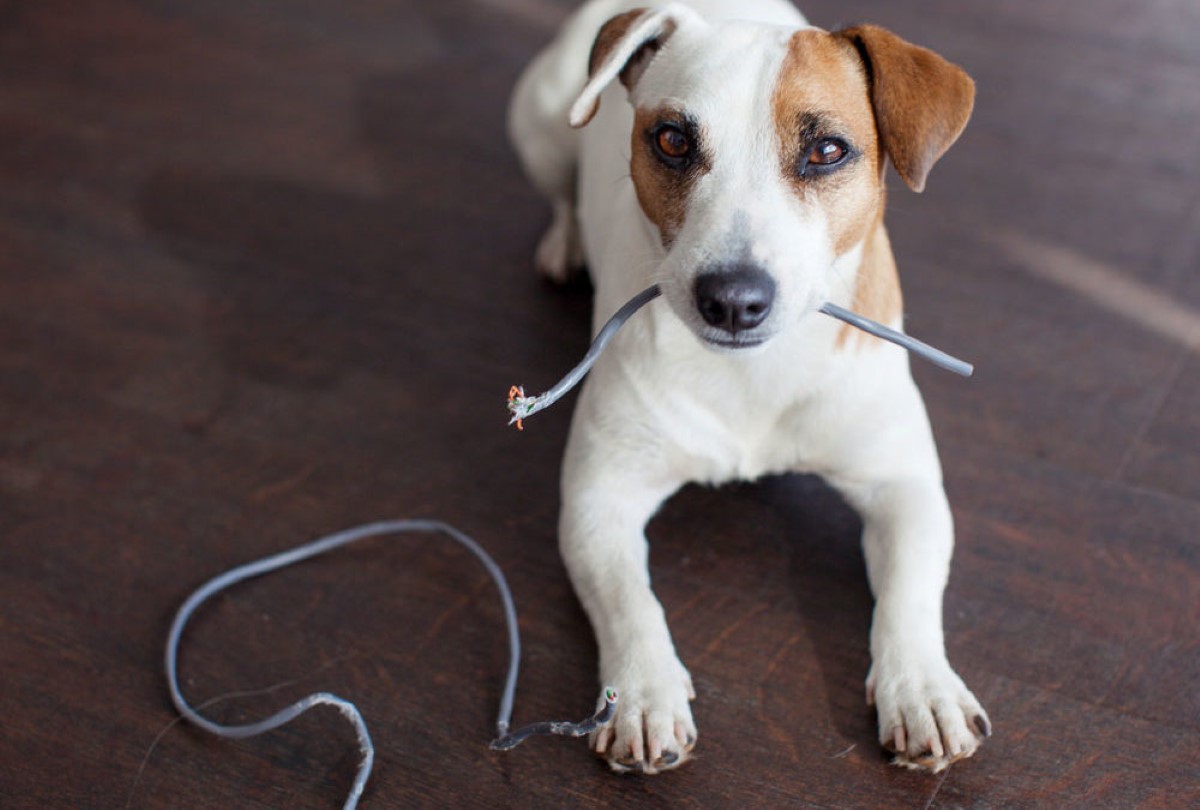
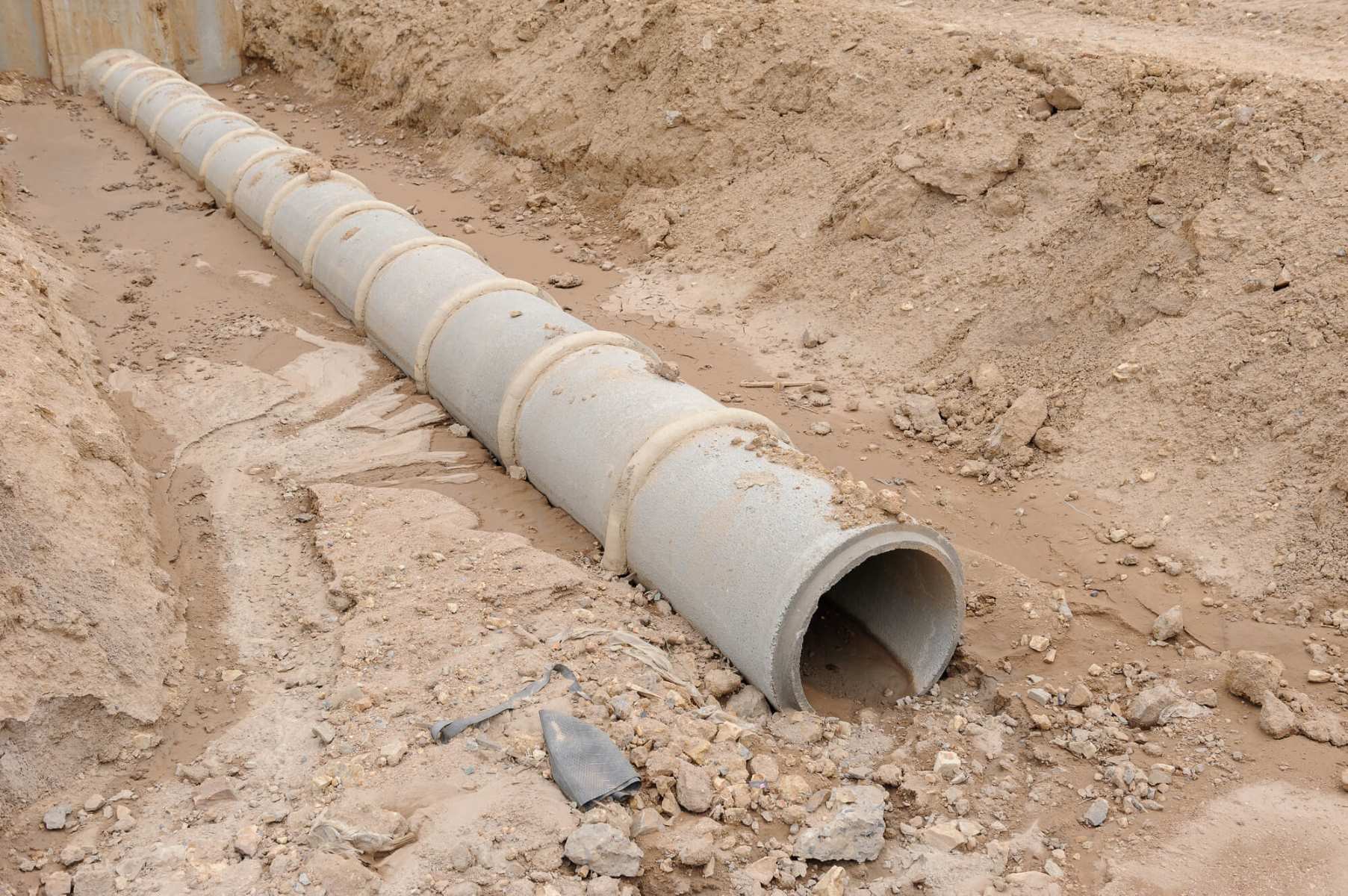
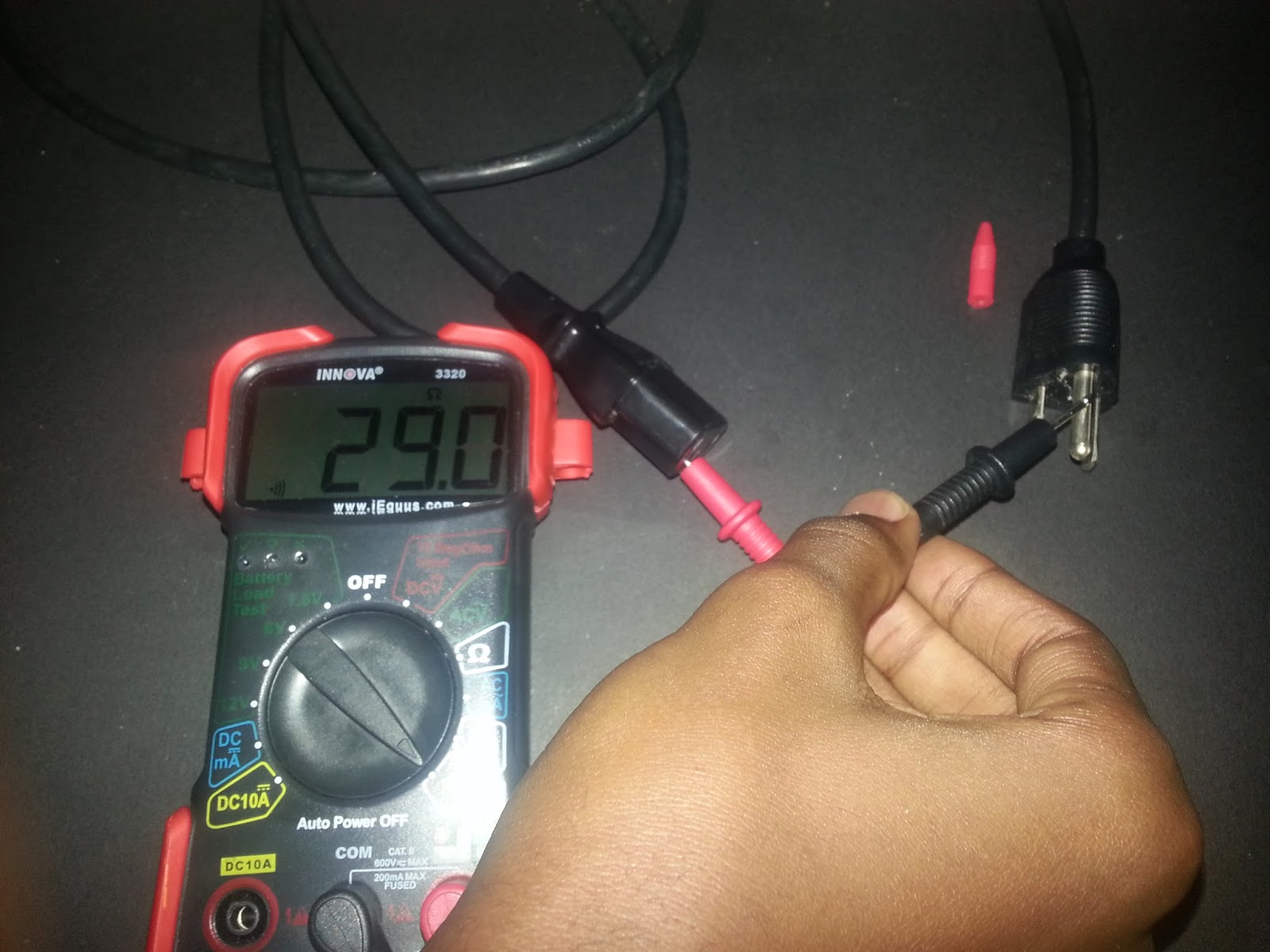

0 thoughts on “How To Run Extension Cord From Generator Into House”